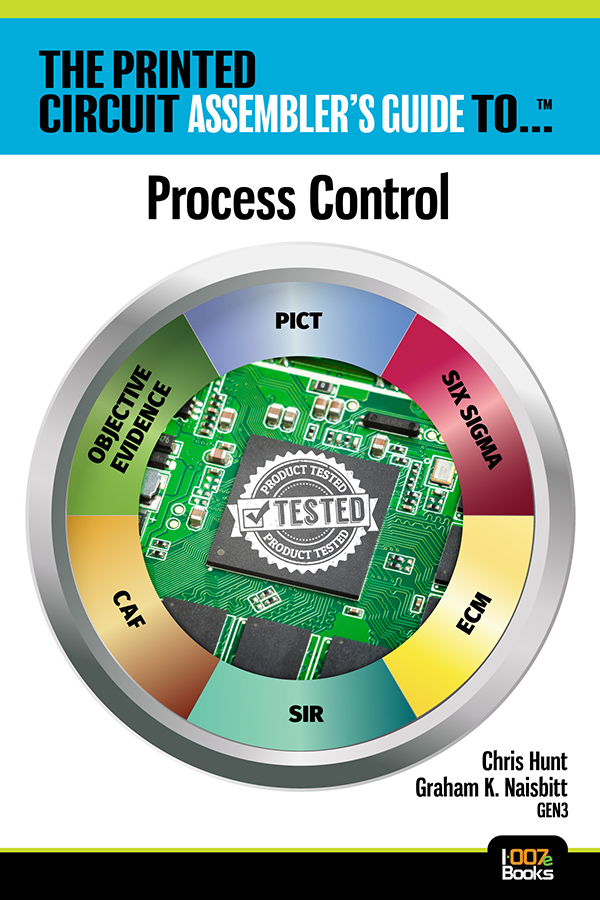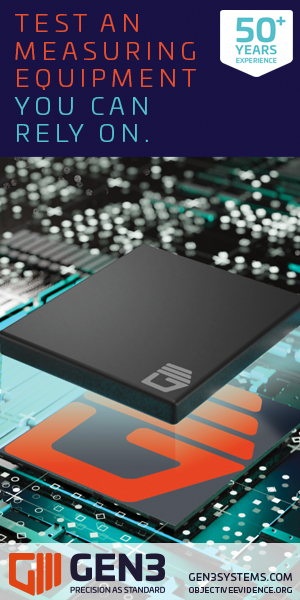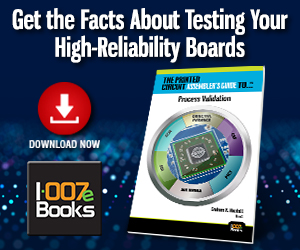ISBN: 978-1-959894-02-5
Dr Chris Hunt
Chief Technology Officer, GEN3 Dr. Chris Hunt is the CTO at GEN3 and leads the technical development across the company’s product portfolio. He worked previously at the National Physical Laboratory, the UK primary National Metrology Institute, for over 40 years. Initially, Chris worked in the Surface Analysis Group, led by Ernie Hondros FRS, where he did some of the early work in secondary ion mass spectrometry and sputter depth profiling with Auger Electron Spectroscopy. He worked in the area of intergranular stress corrosion cracking in steels with Alan Turnbull FRS, where he earned his PhD. Chris then built a new group in the electronics interconnection area. While building this team, Chris became heavily involved in standards, eventually becoming the chair of the UK and then the IEC committee in electronics assembly. Much of this standards work has been in the area of surface insulation resistance measurements and conductive anodic filamentation.
Dr. Chris Hunt is the CTO at GEN3 and leads the technical development across the company’s product portfolio. He worked previously at the National Physical Laboratory, the UK primary National Metrology Institute, for over 40 years. Initially, Chris worked in the Surface Analysis Group, led by Ernie Hondros FRS, where he did some of the early work in secondary ion mass spectrometry and sputter depth profiling with Auger Electron Spectroscopy. He worked in the area of intergranular stress corrosion cracking in steels with Alan Turnbull FRS, where he earned his PhD. Chris then built a new group in the electronics interconnection area. While building this team, Chris became heavily involved in standards, eventually becoming the chair of the UK and then the IEC committee in electronics assembly. Much of this standards work has been in the area of surface insulation resistance measurements and conductive anodic filamentation.
Chris has won numerous awards, including: Best International Paper at IPC APEX EXPO; Serco Chairman’s award for the environment; IEC 1906 Kelvin award for services to the development of standards; Literati club, a highly commended award for a paper in soldering and surface mount technology. Chris has published more than 40 papers in peer-reviewed scientific journals, over 130 NPL scientific reports in open literature, and over 70 papers appearing in conference proceedings.
Chris invented a new conducting technology for textiles, which led to a patent that was registered globally. While the initial work was done at NPL, the project was spun out, where it attracted significant venture capital investment. Although successfully demonstrating the technology, the company failed to attract sufficient business and closed. Chris then joined GEN3, where his wide experience has been brought to bear in developing the company’s technology.
About GEN3
For three generations, GEN3 has designed, engineered, manufactured, and distributed test and measurement equipment into the electronics industry to shield your circuits from failure in the field.
Our reputation for excellence has grown to a global scale. Our team is made up of industry experts who work to set the standards around circuit testing, measurement, and compliance. We collaborate with key industry associations, offering our unique experience and expertise to educate all on what it takes to succeed. For product protection, the preferred way is GEN3 where precision comes as standard, acting as a mentor and your front-line defender.
In the high-reliability arena, there is too much at stake to allow room for error. Testing must be finite and flawless. At GEN3, we understand your need for precision. Get closer to perfection by minimising your risk.
To help the reader understand the requirement of Objective Evidence as defined in IPC-J-STD-001H, GEN3 has created a useful aid. Please visit www.objectiveevidence.org for details.
 Mike Cummings Technical Director
, TSI
Mike Cummings Technical Director
, TSI
Mike Cummings has been in manufacturing-related industries for over 47 years. He started in radar system test at Ferranti Defence before moving into defect analysis for thin-film and thick-film and PCB fabrication. Mike was appointed by the Pentagon Certification Board as a Cat A MIL-STD-2000 senior [...]
Sr. Expert & Six Sigma Blackbelt,  Dr. Lothar Henneken
Dr. Lothar Henneken
Robert Bosch GmbH
Dr. Lothar Henneken studied chemistry and chemical engineering at the University of Paderborn, Germany, and the University of Waterloo, Canada, where he earned the following degrees: Dipl.-chem. and Dr. rer. nat. Staring in 1994, he worked for the iron and steel industry in Duesseldorf, Germany, [...]
Chapter Summaries
-
Chapter 1
How Did We Get Here?
How clean is clean? There is overlap and conflict with cleaning technologies, especially with the introduction of no-clean fluxes.
-
Chapter 2
Objective Evidence: The Simple and Convenient Route
Using standards ensures there is a common global measurement platform that helps catch technical errors and determines quality compliance.
-
Chapter 3
Process Control
A look at the deficiencies between PICT and ROSE test methods.





